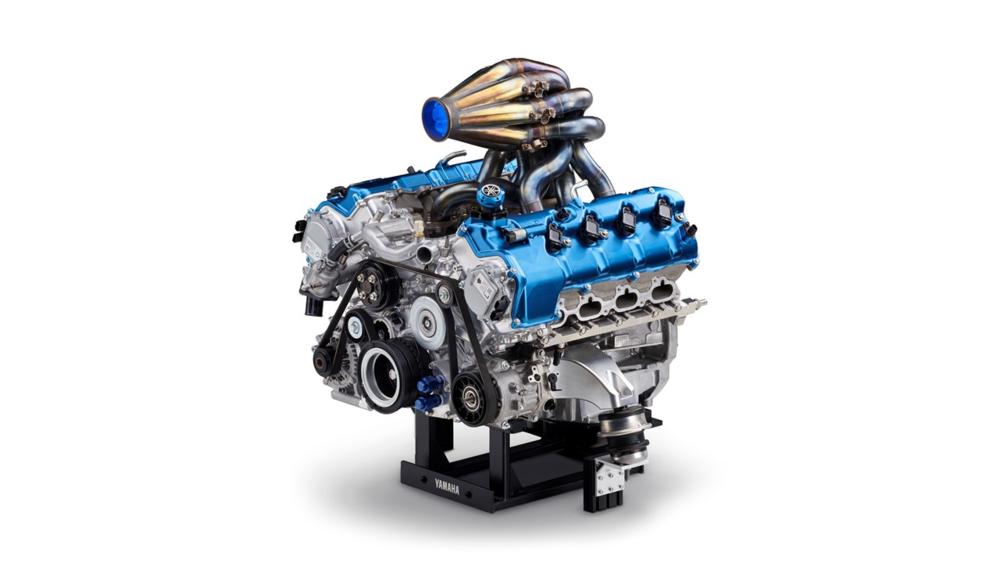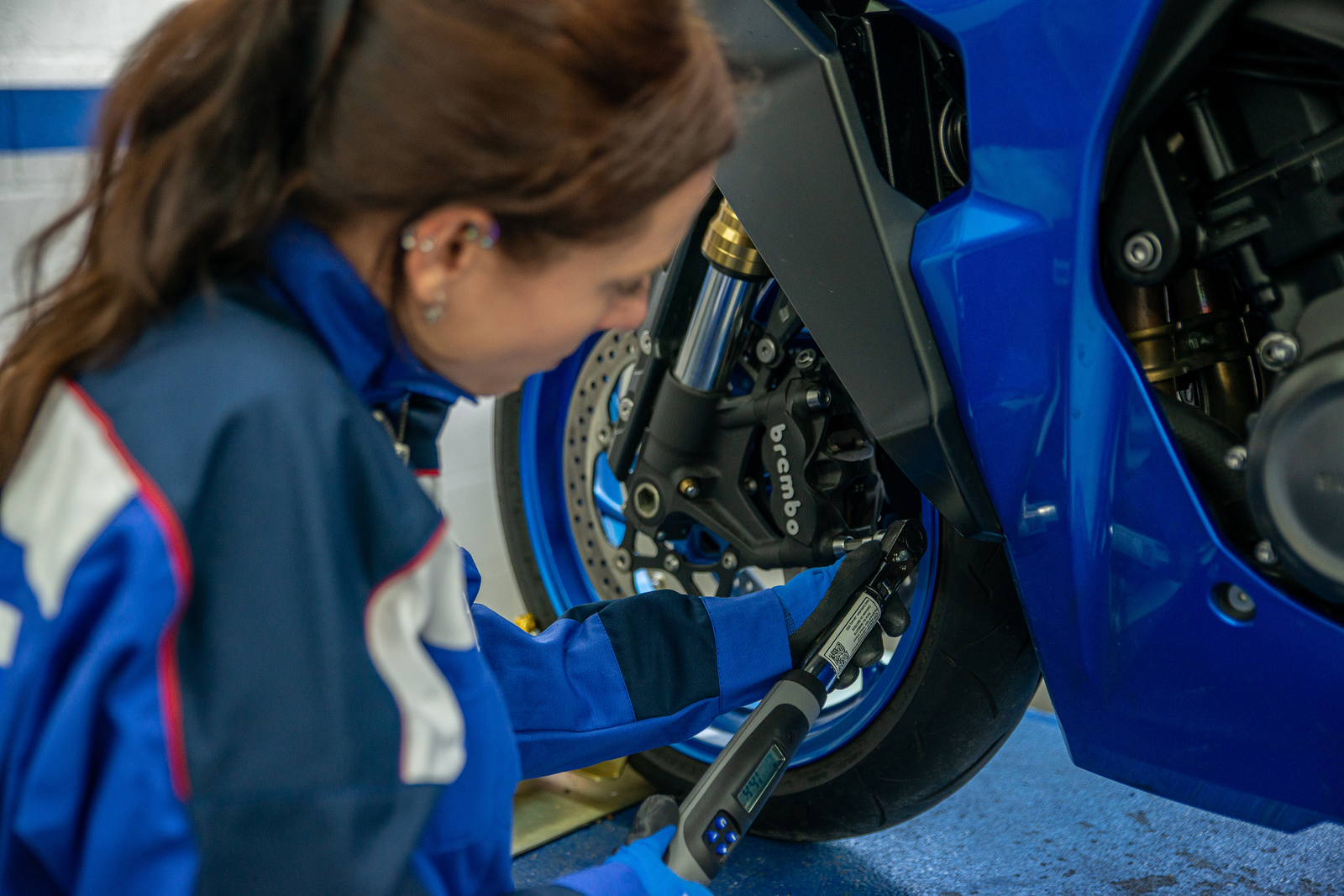Australian researchers develop cost-effective green hydrogen method
Researchers at the RMIT University in Melbourne have developed a new way which they hope will reduce the cost of producing 'green' hydrogen.

Researchers from the RMIT University in Melbourne have developed a new, less expensive way of splitting salt water to produce green hydrogen.
Until now, using salt water for hydrogen production via electrolysis has been dismissed because of the necessary desalination process and the cost involved in that process.

The RMIT researchers’ latest development is intended to reduce that cost, and therefore make ‘green hydrogen’ a more realistic possibility.
Currently, RMIT says, the majority of hydrogen production is done via fossil fuels, and generates over 800 million tonnes of carbon dioxide (CO2) per year, which is equivalent to the outputs of the UK and Indonesia, over the same period of time, combined.
The other option is electrolysis, but as mentioned above the costs involved are currently too high to make it commercially viable.
Mostly, this increased cost is down to the catalysts used in the electrolysis process, which currently can take as much as nine litres of water to produce one kilogram of hydrogen, RMIT says. Current electrolysis processes using seawater would also produce a lot of chlorine - up to four-times the amount required by the Earth, which would therefore make the hydrogen production damaging to the environment anyway, despite the elimination of carbon emissions.

So, instead, RMIT’s solution eliminates both the carbon and the chlorine from the outputs of its hydrogen production. It still uses a catalyst, but one which is specifically designed to work with seawater to cut out the chlorine emissions. RMIT also says that the research “focused on producing highly efficient, stable catalysts that can be manufactured cost-effectively.”
The catalysts used are also supposedly energy-efficient, and require relatively little heat to run.
The cost-effectiveness and energy-efficiency of the newly-developed catalysts is also important for RMIT on a domestic level, because it brings the cost of ‘green hydrogen’ production down to the target set by the Australian government of $2 per kilogram, a target set to ensure competitiveness with fossil fuel-produced hydrogen.
In the future for this innovation is more development. The researchers at RMIT are now working with “industry partners,” RMIT says, to “develop aspects of this technology.” Additionally, a prototype is planned to be built which combines a series of catalysts for the production of “large quantities of hydrogen,” RMIT says.

